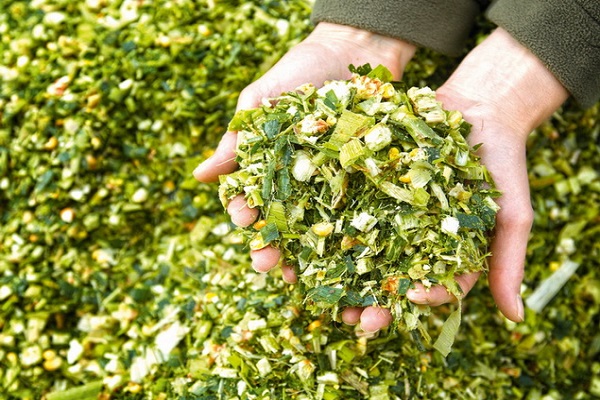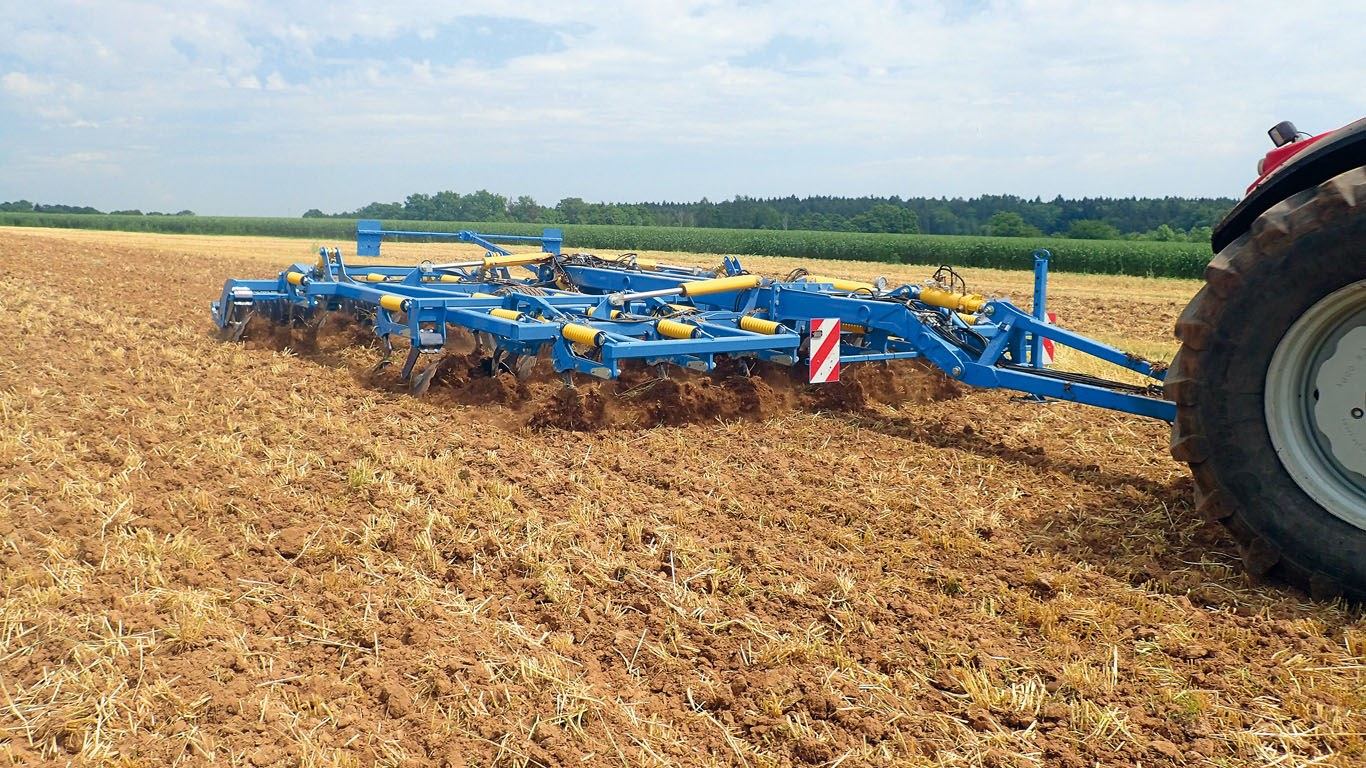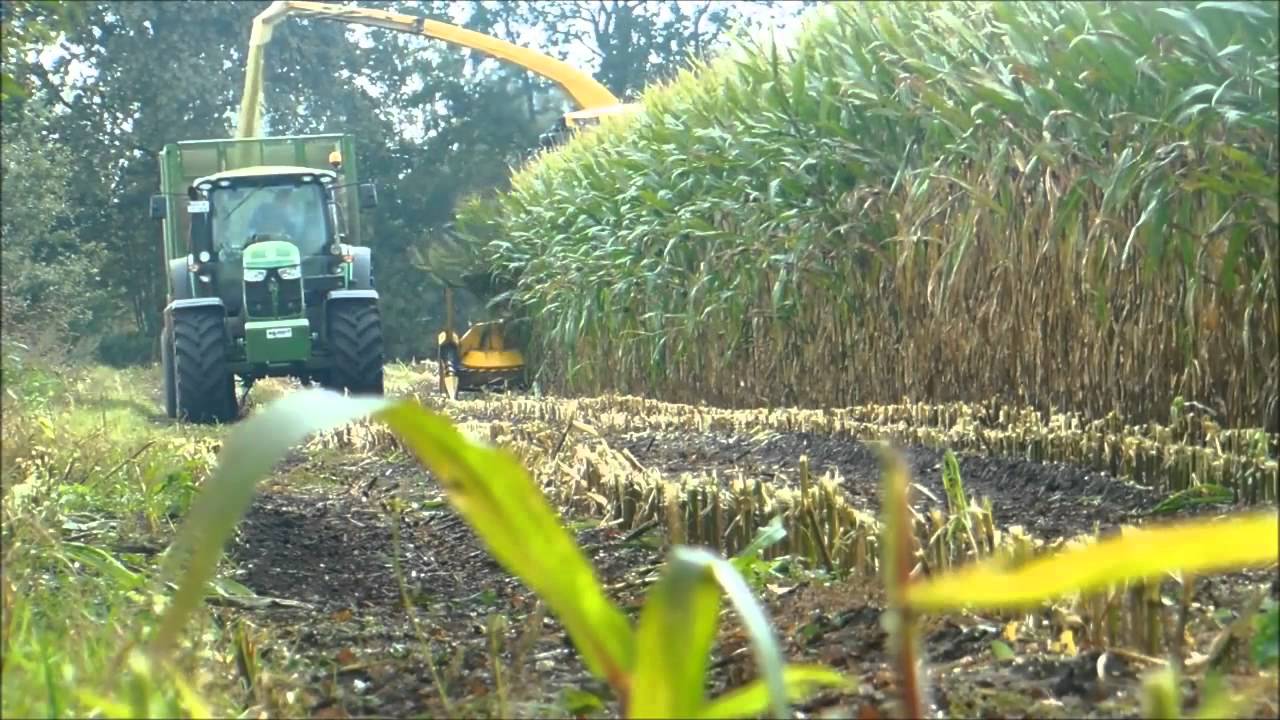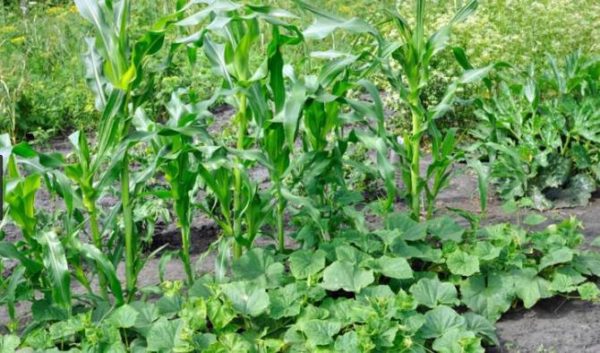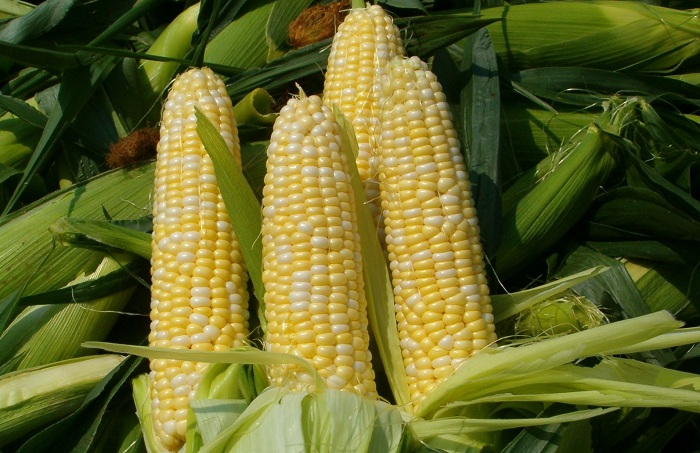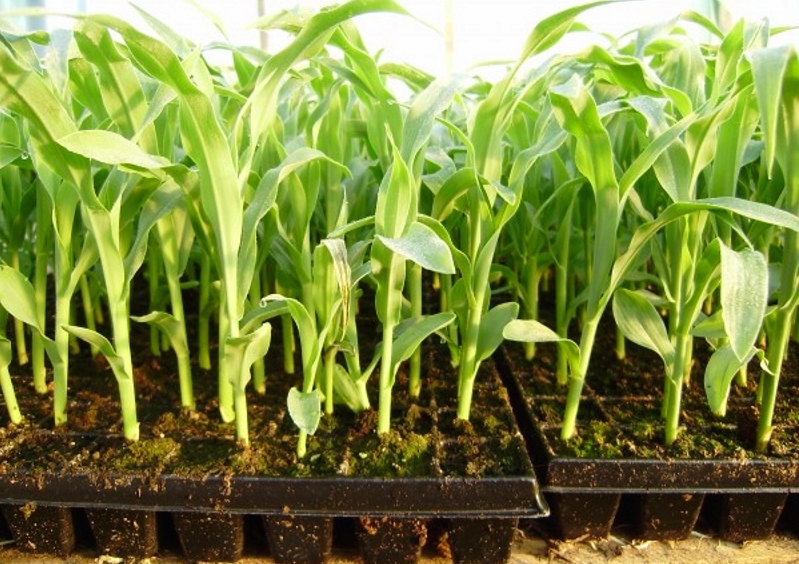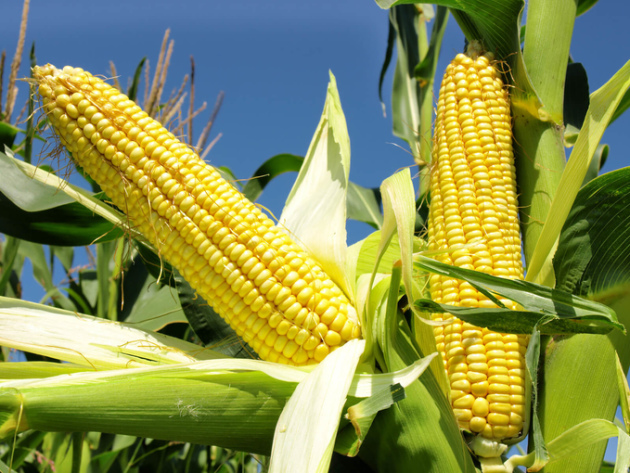Content:
Farms began to use corn for silage not so long ago. Farmers appreciated its energy value in feeding cattle, which was achieved due to the nutrients found in corn grains.
The nutritional value of corn cannot be compared to other grains. It contains 26 elements of Mendeleev's periodic table. The grain of corn is mostly composed of starch, minerals and amino acids. In general, this is an excellent protein product that not only people like it. Corn ranks third in popularity among cereals in terms of seeding volume over a large area.
Corn is sown once a year. It grows from 2 to 5 m. It has long, wide leaves, a thick stem and ears, in which, in fact, grains ripen. All this goes for processing to obtain silage from corn.
What is corn silage
It is a shredded mass of the whole corn plant, pressed and packed in a storage, covered with plastic wrap on top to retain moisture from the inside and protect from external conditions outside. Used for cattle feed and milk production. Also, corn silage has a beneficial effect on the composition of milk due to the beneficial elements found in corn.
Conditions for growing corn
Corn is grown in well-loosened soil fertilized with minerals.
For corn, the soil is suitable where winter crops, potatoes, pumpkins, cereals and legumes were previously grown. After them, the soil does not remain dry and depleted. It retains many of the minerals that make up an important part of the plant's diet, such as zinc and phosphorus.
Corn is threatened by:
- corn moth,
- wireworms,
- swedish fly,
- winter scoop,
- bread fleas,
- aphid,
- leafhoppers.
To ensure the safety of the plant in time, protective equipment is used. They are used in the form of solutions for spraying, preparations placed under the root, insecticides when laying grain.
Fertilizing and fertilizing the soil before planting
For these purposes, you can take both organic fertilizers and inorganic ones.
Organic fertilizers include manure and compote. Manure is the main source of nitrogen for the soil. In general, nitrogen gives a high-quality and rich harvest. The trace elements contained in the manure enrich the soil. It:
- nitrogen,
- phosphorus,
- potassium,
- magnesium,
- boron,
- copper,
- sulfur. And others.
The manure rate per 1 ha is approximately 250-300 kg.
There are no special restrictions on compost fertilization.
Choosing a silage corn variety
A silage corn variety is chosen based on several indicators:
- yield.
- the presence of pests in the area (flies, beetles, aphids, locusts).
- resistance to weather conditions of the area (corn loves warmth and the best conditions for it are +20 +27 degrees).
- the ripening rate of the ears (varies from 100 days to 180).
When choosing a hybrid corn variety (for breeding), it is worth choosing those that are resistant to spring temperature changes. The rest can be dealt with with additional funds and forces.
Planting corn
Before planting corn, the soil is prepared. This happens in two stages.
Autumn preparation
Before each new planting and after harvesting, the land is plowed and fertilized immediately. Lining is made with manure or any other mineral fertilizer for the winter. During this time, the soil manages to absorb nutrients and enrich itself with minerals lost during the growth of plants.
Spring preparation
It is necessary to sow the grain of silage corn in the heated soil, therefore, when the soil warms up to + 10 ° C, you can start cultivating it. In this case, the heating depth should be at least 7 cm.
The land is also plowed and fertilized. Two weeks later, corn grains are sown using special equipment and either manually.
Before each planting, insecticides are placed in the ground along with the grain, preventing the possibility of the appearance of pests, or they are sprayed with them on an already slightly grown plant in the phase of 1-2 leaves. Sometimes it is enough just to treat the edges of the field to prevent pests from entering it.
Sowing of seeds is done in furrows 5 cm deep, the distance between the furrows is 70 cm, and the distance between the rows is 35 cm. Such a scheme is optimal for the growth of the crop, and for its processing, and during harvesting.
Herbicides
The technology of cultivation of corn for silage in general depends on the quality of the crop. And in order for the crop to ripen without obstacles from the weeds, it is necessary to use chemical compounds that affect their growth. Herbicides have this property.
Herbicides have become often used in farming and agriculture due to the large number of different types of weeds, and just to save time and effort.
Doubloon Gold is an example. It became popular in 2013, when it helped a farm to increase its corn harvest by 30% over the previous year.
Dublon Gold covers a wide range of weeds and provides a protective period for plant growth and maturation. It destroys both annuals and some perennials.
Two potent and complementary components of this composition are quickly absorbed by the leaves and roots of weeds, kill their enzyme system, and therefore the plant stops growing. And dies within a month.
Doubloon Gold handles such annual grains as:
- Bristle-grass.
- Common herringbone (chicken millet).
- Wild oats.
- Types of demand.
From perennial Dublon Gold copes with such plants:
- Wheatgrass creeping.
- Humay.
Annual dicotyledons:
- Cornflower blue.
- Hairy vetch, or peas.
- Highlander types.
- Field mustard.
- Types of a walker.
- Jaundice.
- Common groundwort.
- Weed hemp.
- Types of mari.
- Dandelion medicinal.
- Ragweed and others.
It is good to apply the herbicide in the plant growth phase of 2-6 leaves with a plant growth of 10-15 cm.
The technological process of using the Dublon herbicide on corn crops is different, depending on the composition. It is being modernized every year, so it is always better to read the rules for using this type of herbicide on the package.
What diseases does corn suffer
If the corn kernels are sown incorrectly, the plants can get sick. This happens if you sow grains into cold ground. They can rot, mold and die. In an already grown state, plants and ears are exposed to other diseases that dry out. They are spread by spores after 40-45 melons from the beginning of growth.
A pink, moist bloom also sometimes appears. This happens if the grains germinated under conditions of low temperature and high humidity.
Another problem is lodging disease.
Secrets of a Good Corn Harvest
The yield of corn depends entirely on adherence to all the necessary stages of plant care. It must be sprayed on time from insects, from weeds that interfere with the growth, and also fed, if necessary. Make sure that the crop is harvested on time and the cobs are not overdried, this will affect the quality of the silage and in the future the quality of the silage consumption by animals.
Harvesting corn for silage
When a waxy layer appears on the corn kernels - this usually lasts 10-12 days - the corn must be harvested. This phase got its name - waxy, because of the shine on the grains during this ripening period. The resulting crop is transported to the processing site, where it will be laid and pressed.
The walls of the storage are laid with foil. The film should be dense, about 100 microns. Next, the silage is laid out.
Silo quality check
When the corn silage is finished, you can check its quality before placing it in storage.
To check, you need to take a 10L bucket and fill it with silage. Then take a vibrating grate and pass the silo through it. Since the storage quality of the silage depends on the size of the pieces into which it is cut, you need to make sure that there are few large pieces in it. This is what a sieve is for.
Pass 10 liters of silage through the first wire rack, collect the remaining large pieces in a glass. If you get one glass of 200 ml for 10 liters, then this is 1% of the total silage harvest. And this figure is the norm.
Then pass the same 10 liters through the second grate. If you get 10 glasses of 200 ml of the remaining pieces per bucket of 10 liters, and this is 10% of the total harvest, then everything is done correctly. This means that the silage will be well stored, the cows will chew it with ease.
Then the silo is loaded into the storage, pressed with heavy equipment, covered with two films. The first layer is 40 micron film to avoid air pockets. The second layer is a thicker film, 100 microns, to protect the store from moisture, debris and animals.

